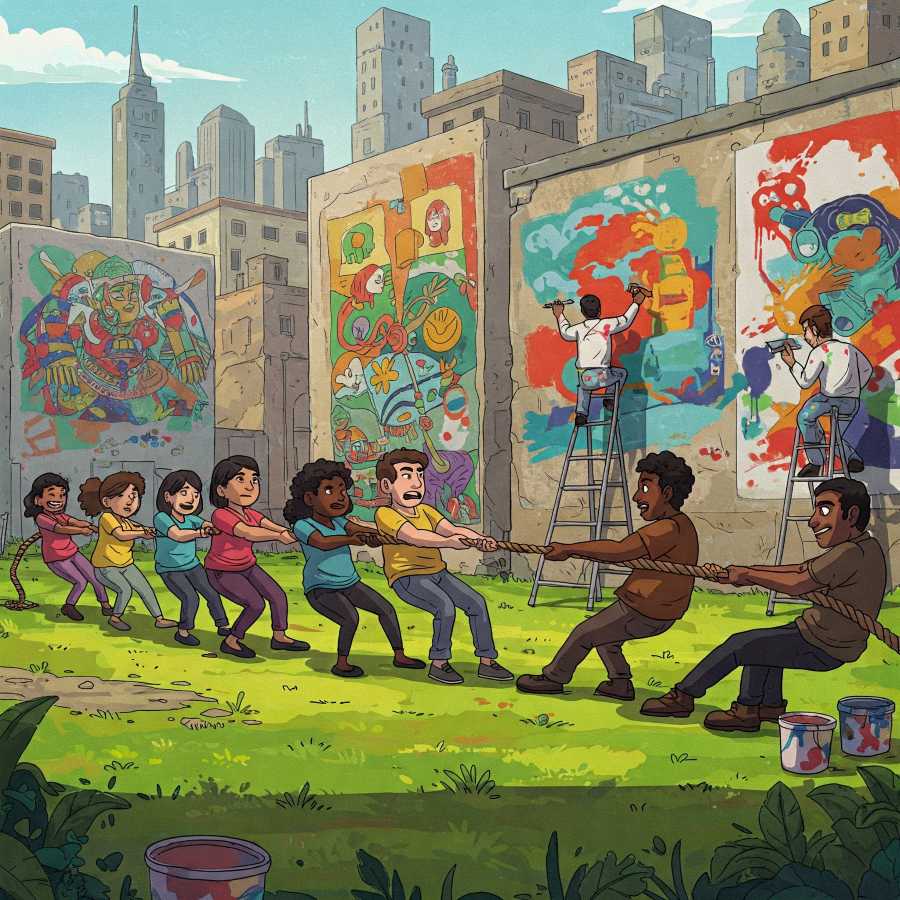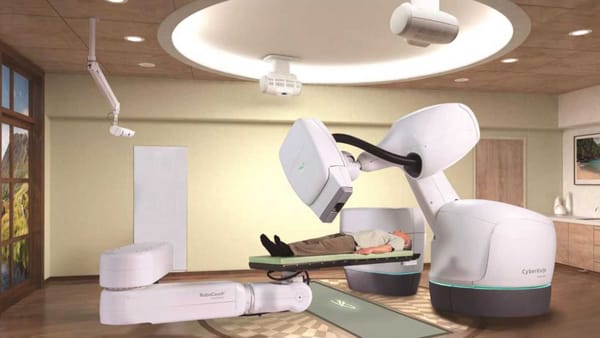Citizen Input Central to Public Space Success, Mexico Forum Argues
Community engagement is key to creating vibrant public spaces. Experts emphasize the need for resident participation in design, promoting social cohesion and addressing diverse needs. Prioritizing community input ensures spaces serve their intended purpose.

The creation of vibrant and functional public spaces goes beyond mere construction; it necessitates the active participation of the very people who will use them, according to experts at a recent forum held at the National Autonomous University of Mexico (UNAM). The discussion, titled "Public Space and Social Work: Struggles, Resistance, and Collective Action," underscored the critical role of community involvement in fostering livable conditions, social cohesion, and a sense of ownership within urban environments.
Guadalupe Imelda Manzo Guerrero, a professor at UNAM's National School of Social Work (ENTS), emphasized the indispensable role of social work in this process. "The construction of public spaces requires the participation of residents in the design of projects that generate livable conditions, processes of community cohesion, ownership, a sense of identity, and belonging—strategies that require the intervention of social work," she stated during the forum held in the 8 de marzo de 1857 auditorium.
The event, organized by students of the Regional Intervention II School Internship, Group 1702, under the guidance of Omar González Jiménez, aimed to analyze the development of public spaces from an interdisciplinary perspective. Ms. Manzo Guerrero elaborated on the tangible benefits of considering residents' needs, noting that "considering livable conditions improves the quality of life of people and their surroundings. It's seen in everyday life, through the movements we make, the streets, the squares that give shape and structure to the city, which speak to daily life and activities."
She further highlighted the potential for disruption when public spaces fail to meet their intended purpose. "The expert mentioned the importance of considering how these sites are constructed within a context of habitability, which, otherwise, if not used for what they were created for, disrupt the social fabric. The way we inhabit them generates a dynamic within them; in this sense, they must focus on restoring social ties."
Ms. Manzo Guerrero stressed that the character of these spaces is fluid, shaped by the lives of those who inhabit them and influenced by a range of factors. "She emphasized that these sites change according to those who live there, and that factors such as economic, political, ideological, and social influences influence them; in other words, they represent the context of human relations. This is where social work is necessary." Social work intervention, she explained, involves understanding the dynamics of the community. "Through intervention, we work with the population, learn who inhabits the public areas, where the meeting points are, what population groups there are, at what times, who occupies the space, as well as the use given to it, which determines its functionality," Ms. Manzo Guerrero detailed.
Echoing this sentiment, Jaime Fernando González Lozada, a professor at UNAM's School of Architecture (FA), asserted the necessity of a collaborative approach to urban development. "To build a city, it is essential to consider the social construction of the habitat, involving the users of these public areas, as well as the inhabitants in the various stages of production, design, construction, maintenance, and reconfiguration," he stated.
Mr. González Lozada emphasized the foundational role of residents in shaping the urban landscape. "The city is cemented by all the beings who inhabit it. We organize ourselves, seek to satisfy interests, and face adversities and needs. Therefore, it is important to integrate intergenerational communities into project design," he asserted. He further called for a holistic understanding of the territory. "It is necessary to recognize the multidimensionality that constitutes territory and space—the political, economic, administrative, ontological, epistemological, environmental, cultural, social, and historical dimensions."
The professor also addressed the inherent conflicts that can arise in the allocation and use of public spaces. "Furthermore, space must be understood as a totality, within which territorialities are configured, which often come into conflict. There are diverse interests, such as having a housing center or defending murals; in other words, they are manifestations of the territorialization of communities," he emphasized.
Francisco Acatzin Espinosa Müller, another professor from the Faculty of Architecture and Urban Development, underscored the importance of listening to the needs of the community. "Public spaces must have characteristics that emerge from dialogue with their residents as decision-makers," he stated, emphasizing the need to "recognize residents' needs in order to learn from their problems and engage with reality."
Mr. Espinosa Müller clarified that the scale of a public space is not merely a matter of physical size but rather its connection to urban dynamics and the intensity of its use by people from various locations. "Elaborating on the scales, he noted that they do not refer to their physical dimensions but rather to their connection to specific urban dynamics, the intensity of use and appropriation by users from different locations. In this sense, he noted that neighborhoods allow for immediate interaction within the housing environment, where the public and private spheres intersect."
He also pointed out the challenges posed by the privatization of public spaces. "Not everyone uses it in the same way, and this is where its privatization, which primarily serves to access the right to recreation and leisure, comes into dispute: shopping malls replace its original and traditional use. This dilemma stems from the fact that public spaces lack the conditions for people to carry out their activities."
Mr. Espinosa Müller highlighted Mexico's "Charter for the Right to the City" as a potential solution, noting that it is "the result of mediation and advocacy by organized residents. It aims to rescue and strengthen the cultural, recreational, and leisure functions of public space. It seeks to strengthen coexistence, and to expand and improve these areas." The charter, he explained, aims to foster inclusive, livable, fair, democratic, sustainable, and enjoyable cities, promote social organization, and strengthen the social fabric.
Juan Bautista Rojo, an analyst, reporter, and president of the Mexican Reporters Association, stressed the importance of a unified effort in safeguarding public spaces and cultural heritage. He commented that "the defense of public sites and cultural heritage must take place in the social and academic spheres, through an explicit alliance for their rescue with key social actors, based on ethical principles, influencing public opinion and the media, to realize a civic and cultural initiative that allows for transformation."
The forum also featured Héctor Lozano Mina, administrator of the SCOP Center (formerly the Secretariat of Communications and Public Works), who shared his experience in the successful effort to have the site declared an Artistic Monument in 2023. He noted this as "a further step in the dialogue that has been maintained with the community and academia to vindicate the artistic and public significance of the property."
The discussions at the UNAM forum underscore a growing recognition that successful urban development hinges on genuine engagement with the communities it serves. By prioritizing resident input and fostering interdisciplinary collaboration, cities can create public spaces that not only function effectively but also contribute to a stronger, more cohesive social fabric.




